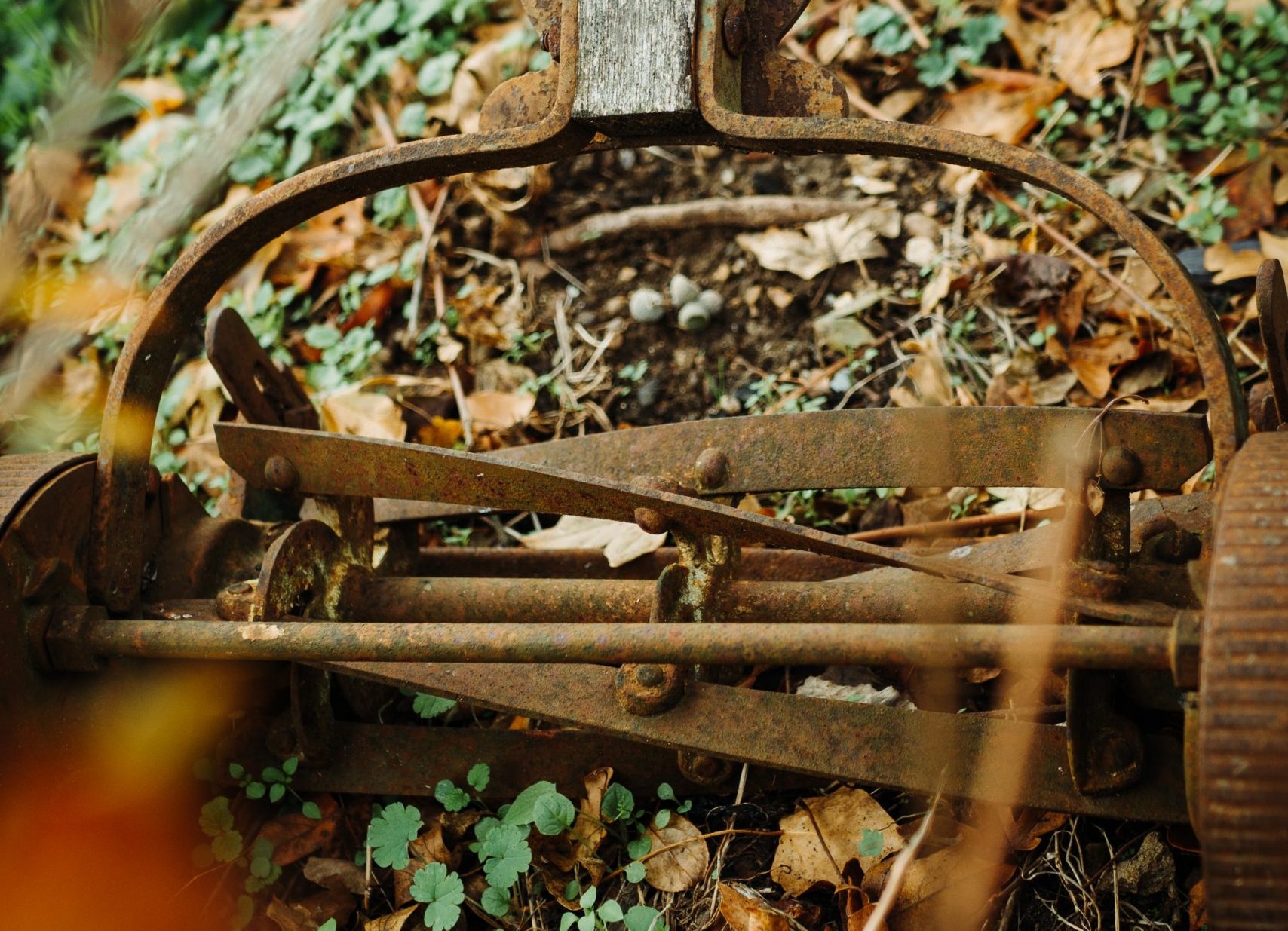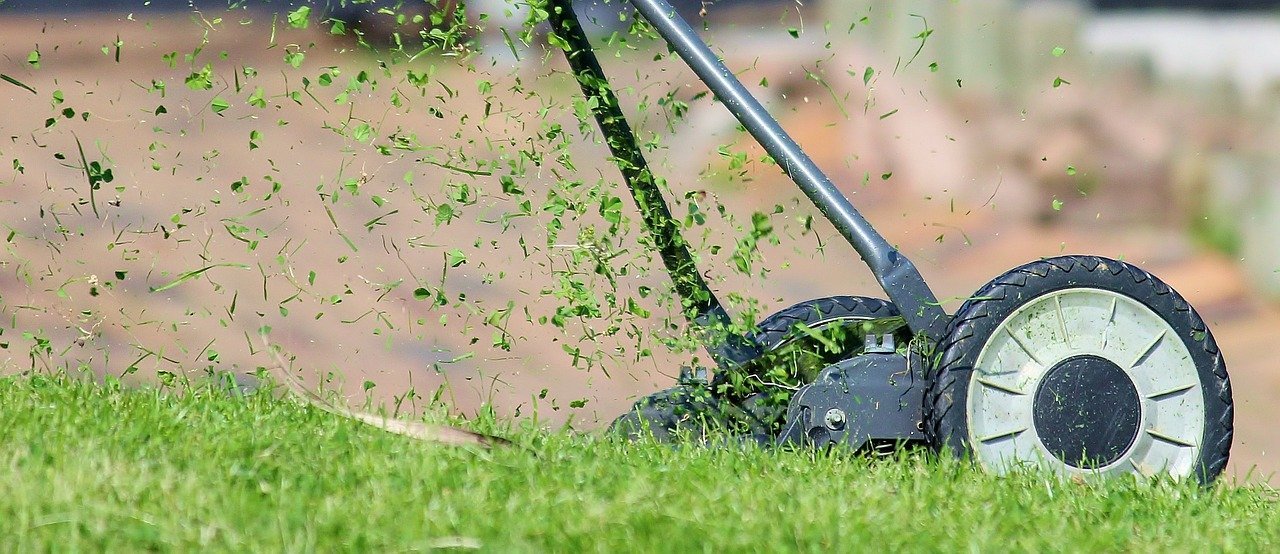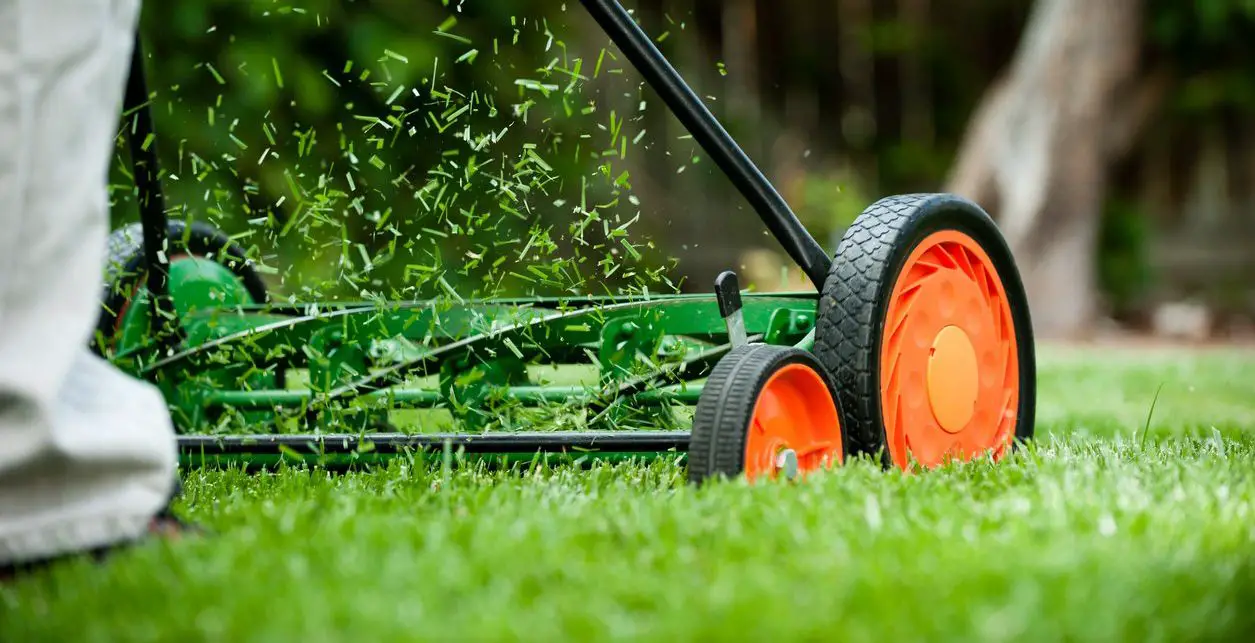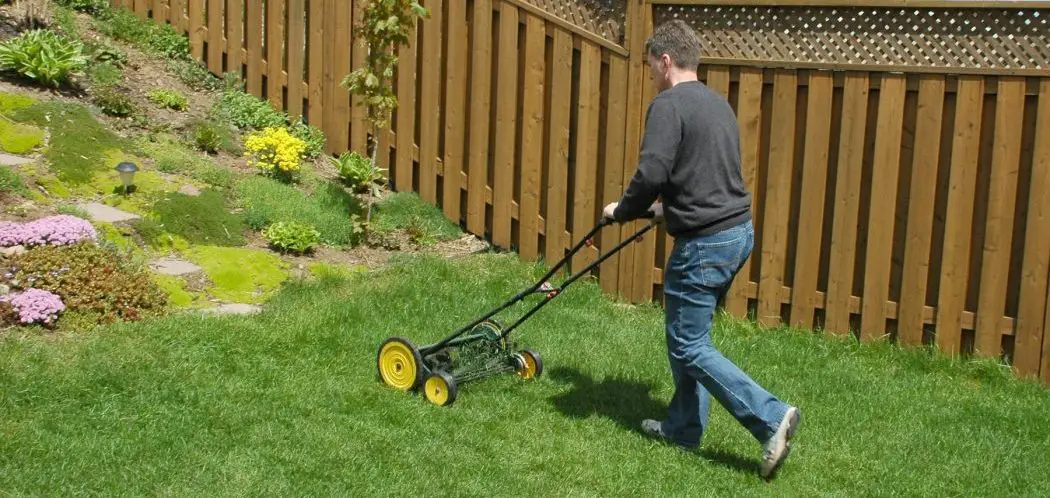The slender reel blades on a mower must stay incredibly sharp while enduring constant abrasion to achieve flawless cuts. This demands durable, long-lasting blade materials. What are the options, and how do the different reel blade materials compare?
Understanding reel blade metallurgy and compositions helps ensure you choose the optimal cutting edge for your mower and mowing conditions. Let’s closely delve into which materials work best!
Standard Carbon Steel Reel Blades
Most original equipment reel blades found on commercial and consumer mowers are made from simple plain carbon steel due to its combination of hardness, durability, ease of sharpening, and cost-effectiveness:
Typical Composition
- Iron alloy with 0.3-1.7% carbon content
- Small amounts of manganese, silicon, and phosphorus
- Exact percentages vary by brand and grade
Key Characteristics
- Achieves Rockwell hardness around C45-C60 range when properly heat treated
- Resists abrasion and holds a sharp edge reasonably well when new
- Still prone to gradual dulling over time with extensive mowing use
- Can bend or deform if impacted by solid objects like rocks or roots
Sharpening Considerations
- Readily sharpened with relative ease through grinding or backlapping
- Keen edge wears down over years as metal is removed during repeated sharpenings
- Generally retains enough thickness for numerous sharpening cycles
Longevity and Replacement Timeframes
- Most carbon steel blades last around 1-5 years before requiring replacement
- Life span is aligned with the overall expected working life of the mower itself
Cost Factors
- Represents the most economical and reasonably priced blade material
- Replacement carbon steel blades typically range from $3-$8 per linear foot
For many homeowners and residential users mowing at moderate frequencies, standard carbon steel blades offer a practical balance of staying sharp initially, ease of sharpening when needed, replacement cost factors, and sufficient durability. But extreme power users may desire upgraded blade materials.
Stainless Steel Reel Blades
Seeking enhanced longevity and corrosion resistance compared to basic carbon steel, some reel mowers utilize upgraded stainless steel alloys for blade metal:
Typical Compositions
- Iron alloy with 10-20% chromium content is typical
- May also contain nickel, carbon, nitrogen, molybdenum in small quantities
Key Characteristics
- Improved corrosion resistance properties over standard carbon steel
- Achieves hardness ratings around 50-55 on the Rockwell scale when properly work hardened
- Very strong and resistant to abrasions from grass, dirt, and sand
- Can be slightly more flexible than carbon steel depending on exact alloy blend
Sharpening Considerations
- Slightly more difficult and time consuming to sharpen compared to plain carbon steel
- Requires diamond grinding discs and abrasives to sharpen efficiently
- Holds a sharpened edge reasonably well over many mowing hours before re-sharpening needed
Longevity and Replacement Timeframes
- Quality stainless steel blades often last 2-7 years before requiring replacement
- Provides 50-100% longer lifespan in terms of operating hours compared to carbon steel
Cost Factors
- Stainless steel blades carry a moderate cost premium over carbon steel
- Replacement blades typically range from $6-$15 per linear foot
The enhanced corrosion resistance properties of stainless steel alloys comes at a small cost premium. But evaluating whether the noticeably extended lifespan and edge retention capabilities are worth the extra investment for your needs is worthwhile.
Exotic and Alloy Steel Reel Blade Options
Seeking to push reel blade longevity and hardness even further, some premium reel mowers utilize exotic alloy steel blade formulations:
Nickel Steel Alloys
Typical Compositions
- Iron alloy made with 3-5% nickel content
Key Characteristics and Properties
- Very fine grained metallurgical structure provides durability
- Excellent strength and impact or shock resistance
- Extremely low expansion rate compared to other steels
- Highly abrasion resistant for extended edge retention
Sharpening Considerations
- Quite difficult to sharpen without professional equipment
- Periodic professional re-sharpening or replacement needed
Longevity and Replacement Timeframes
- High-nickel specialty steel blades can last up to 10 years before requiring replacement
- Represents up to 3-4X lifespan duration compared to basic carbon steel
Cost Factors
- $25+ per linear foot cost for exotic nickel steel blades
- Sharpening services also more expensive than carbon steel
Silicon Steel Alloys
Typical Compositions
- Iron alloy made with up to 6.5% silicon content
Key Properties
- Very fine grained metallurgical structure
- Extremely low coefficient of expansion
- High hardness rating around RC 65 on the Rockwell scale
- Brittle despite high hardness rating
Sharpening Considerations
- Challenging to sharpen due to very high hardness
- Diamond abrasives mandatory for any grinding or sharpening
- Limited number of sharpenings possible before blade replacement required
Longevity and Replacement Timeframes
- Can last up to 8 years before requiring replacement
- Ability to retain its hardness edge supports longevity
Cost Factors
- $15-$30 per linear foot for exotic silicon steel blades
- Sharpening services cost noticeably more than carbon steel
These exotic alloy steel formulations deliver substantial lifespan and edge retention boosts over basic carbon. But the sharpening challenges and elevated costs point to more limited, specialized applications.
Carbide-Tipped Reel Blades
For even longer lasting cutting edges, some high-end reel mowers are fitted with laser welded tungsten carbide overlays on the blade tips:
Typical Composition
- Base steel reel blade with welded tungsten carbide material along the cutting edges
Key Properties and Characteristics
- Extreme hardness around RC 80-90 on the Rockwell scale
- Superb wear and abrasion resistance
- Can be brittle and prone to cracking if impacted or overloaded
Sharpening Considerations
- Sharpening involves replacing worn carbide tips rather than grinding
- Tips can be worn down over years before requiring replacement
- Re-welding new carbide tips periodically restores the cutting edge
Longevity and Replacement Timeframes
- The incredibly hard carbide maintains sharpness around 5-10X longer than basic steel
- Carbide tipped blades often last 10-15 years before requiring major restoration
Cost Factors
- Carbide tipped blades start around $50+ per linear foot
- Re-tipping to replace worn carbide still costs $15+ per foot
The extreme hardness and longevity of carbide certainly comes at a premium price point. But for low-frequency mowing or abrasive grasses, carbide represents the ultimate in long term edge retention.
Ceramic Coated Reel Blades
Some reel blades receive a multi-layered ceramic coating applied through a high velocity spraying process:
Typical Composition
- Base metal of a steel alloy (could be any of the above materials)
- Sprayed-on layers of titanium and chromium nitrides
Key Properties and Characteristics
- Extremely hard outer surface for good abrasion resistance
- Low friction outer finish aids grass release
- Prone to flaking and chipping if blades impacted or damaged
Sharpening Considerations
- Ceramic coating makes sharpening more difficult and challenging
- Coating tends to flake and chip off over time with repeated sharpenings
Longevity and Replacement Timeframes
- While robust initially, flaking limits ceramic coating lifespan to around 2-4 years
- Re-application needed to restore coating effectiveness
Cost Factors
- $10-$20 per linear foot to apply ceramic coating
- Re-coating has similar costs
Ceramic coatings provide some initial abrasion protection, but introduce drawbacks like sharpening difficulty and short coating lifespan.
Comparing Key Characteristics by Blade Material
To summarize, here is an overview of how the various reel blade materials stack up against each other:
| Material | Hardness | Corrosion Resistance | Abrasion Resistance | Edge Retention | Sharpenability |
| Carbon Steel | Medium | Low | Medium | Fair | Excellent |
| Stainless Steel | Medium | High | Medium | Good | Moderate |
| Nickel/Silicon Alloys | Very High | High | Very High | Excellent | Low |
| Carbide Tip | Extreme | High | Extreme | Superb | Minimal |
| Ceramic Coating | High | High | High | Good | Low |
Carefully evaluate which properties matter most for your specific mowing schedules, climate, blade longevity needs, and equipment budgets. Then select the optimal edge material to match your requirements.
Ideal Applications for Each Blade Material
The ideal reel blade material depends heavily on mowing frequency, operating environment, and cost considerations:
Carbon Steel Blades
Best suited for low to moderate mowing frequencies in non-corrosive conditions. The cost-effective choice where regular sharpening maintenance can be performed.
Stainless Steel Blades
The ideal choice for mowers operated in humid, coastal, or corrosive environments. Provides a low maintenance blade option when corrosion resistance is crucial but budget is limited.
Nickel/Silicon Alloy Blades
Perfect for professional-grade mowers seeing extreme daily high-volume mowing usage. The premium materials are worthwhile when maximizing edge life, impact resistance, and minimizing sharpening downtime are critical.
Carbide Tip Blades
The ultimate material for very sporadic, intermittent mowing conditions or extremely abrasive grass types like Bermuda. Delivers unmatched longevity between expensive sharpenings.
Ceramic Coated Blades
A lower cost corrosion resistant coating option for stainless steel blades operated primarily in humid conditions. But coating lifespan and sharpening limitations require consideration.
Carefully evaluating your specific lawn conditions, grass types, mowing schedules, and budget allows dialing in the optimum blade material to match needs and deliver pristine cuts. Ask vendors to recommend the best reel edge for your mower and maintenance style. With the proper blade metal selected, you’ll reap flawless turf for years on end.





